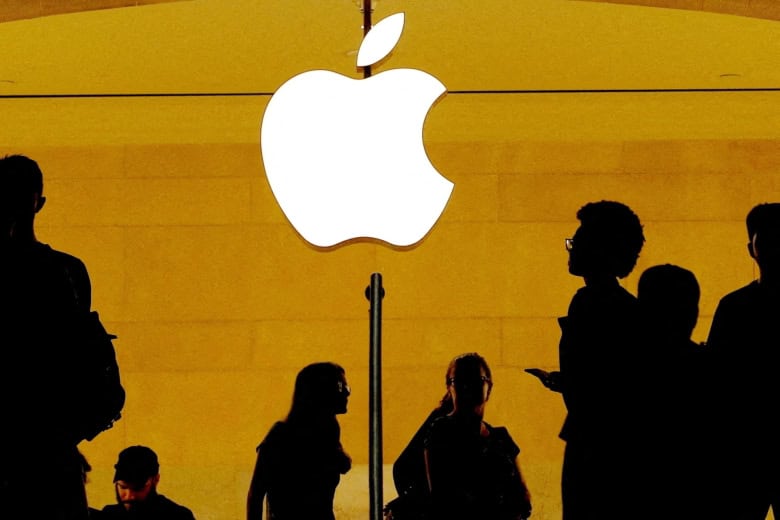Financial technology, also known as Fintech, is one of the fastest growing areas for venture capitalists. Fintech depicts a business that provides money related administrations by making use of software and other technology used to support or enable other banking and financial services.
It refers to new applications, processes, products and business models in the financial services industry. They mainly operate in banking, insurance, asset management, payments, investments, advisory and many more areas. The collaboration shape of Fintech companies can either be Business to Business (B2B), Business to Consumer (B2C) or Consumer to Consumer (C2C).
According to the report of National Association of Software and Service Companies (NASSCOM), India has a nearness of around 400 companies in the Fintech space, with an investment of around $420 million in 2015. The NASSCOM report also estimated the fintech software and services market to grow 1.7 times by 2020, making it worth $8 billion. The Indian fintech scene is divided as follows- 34% in payment processing, trailed by 32% in banking and 12% in trading, public and private markets.
Why Fintech matters to the business world:
The rise of Fintech has forever changed the way the organizations do business. From crowd based outsourcing to mobile payments, there has never been as much choice to entrepreneurs as there is currently. It’s never been that easier or cheaper to not only set-up your business, but also to expand it. Crowd based outsourcing, for instance, permits individuals with great thoughts to get financing rapidly and effectively from anywhere in the world.
Transferring money across borders, a curse of entrepreneur’s lives since time immemorial, is another area that is being worked at and reframed by innovators. TransferWise has turned the traditional banking solution of sending money across borders and enabled small firms and individuals to transfer money in a far cheaper way than was previously possible.
The above mentioned are some of the things in which Fintech has made it easier to do business at a lower cost.
How Fintech has affected/changed the customers:
The ascent of the smartphone has enormously changed the conduct of consumers. Thanks to the ‘always online’ culture we live in today – and the bulk of services and apps that feed it. Now-a-days, it has become so convenient and easier for people to handle their financial services as they do their email or facebook page. It’s a huge opportunity for businesses and soon no enterprise will succeed and flourish without the right fintech services in place.
What will bring the most change?
Over the past several years, Fintech has increasingly captured the attention of financial service industry. Finance professionals have two basic questions about Fintech and what it means for them:
How will Fintech positively affect their careers?
The thought is that Fintech will bring about efficiency gains that benefit those who grasp the advancements first- the early adopters. What parts of Fintech will drive quite a bit of these upgrades? The accord is that enormous information and cyber security will among the major catalysts.
How will Fintech negatively affect their careers?
For instance, will peer-to-peer(P2P) lenders replace banks as the favored stage or middle person for borrowing and lending? If yes, then bank advance officers and credit risk analysts should start searching for option vocation. The specific ranges of fintech that summon this kind of existential concern includes blockchain, portable installment, P2P( peer-to-peer) loaning, and robo-guides.
Will P2P disrupt banks?
Peer-to-peer (P2P) lending is a form of direct lending between lenders and borrowers. In a P2P transaction, money can flow from the lenders directly to borrowers through the P2P platform, bypassing the traditional banking channel. As such, it is generally considered a disruptive form of Fintech. They vary a considerable measure by area. In the United states, the consumer’s market has been overwhelmed by the banks. Lending club and so forth are eight or nine years into business yet at the same time not enormous. there is a huge amount of consumer borrowing need and also a huge amount of retail investing need in places like India, China and Indonesia. In China, where 80-90% banks are non retail beacuse it is easier to make money from several other places and it is more socially rewarding to be a corporate banker rather than a retail banker.
Why aren’t the banks going into P2P?
The funding cost is 1%, 2%, 3% on the deposit side and the credit card APR is 18%. Then they are making 15–16 points in gross margin. And if they went into a peer-to-peer model, they may have to give the investors 5% or 6%. So they’ve lost a couple hundred basis points of profit.
The real problem is, if we decide to move a quarter from balance sheet model to peer-to-peer model, we’ll lose profitability. Our ROA and ROE is going to go down, right? Furthermore, until you can really develop a P2P business sufficiently enormous to turn off and catch the capital estimation of a new equity light business model, the CEO who’s driving the bank wouldn’t really like to experience the a few years of torment to disclose it to the capital markets. This is the place capital markets don’t remunerate new businesses and occupants the same.
Regulation of Fintech:
Banking is considered as a heavily regulated business with high transaction and operating costs. This additionally gives huge chance to disturbance for new plans of action to influence innovation and do similar exchanges with more noteworthy proficiency and customer convenience. Today, fintech businesses are creating on-demand credit and currency markets and making it easier for businesses and individuals to transact. The Retail Fintech Businesses have an advantage over Traditional Banking. They process small transactions in large volume instead of relying on large transactions. A mix of phones and the Internet has the ability to give less expensive and more productive access to finance than the present approach of branches and ATMs.
Be that as it may, keeping in mind the end goal to truly empower far reaching fintech development, various partners would need to review the current regulatory architecture and make an empowering system for the development of fintech. This would include the RBI making bolder strides as well as the political will to relook customary models of controlling the monetary part. It includes the P2P loads and lending structure and its remittances.
There is a Chinese saying: ‘Cross the river by feeling the stones.’
We have attempted to take after that way of experimentation and incremental advancement.…More generally, our rationality is to permit development in organizations, instruments and practices in as much as they don’t present an obvious threat. When we comprehend them better, and they develop to a material size, we can do a more profound investigation on how they ought to be regulated.
The flexible and stumbling:
On the off chance that Fintech stages were ever to end up distinctly the primary wellsprings of capital for families and firms, the built up industry would be changed into something similar to “narrow banking”. Be that as it may, much sooner than then, upstarts will constrain banks to acknowledge bring down edges. Ordinary moneylenders will charge more for the administrations that the newcomers can’t undoubtedly recreate, including the installments foundation and the provision of insured current account. The greater impact from the fintech transformation will be to constrain out of shape occupants to cut expenses and enhance the nature of their administration. That will change finance as profoundly as any regulator has.
By Sanchita Gupta
P.C. Earlysalary.com




